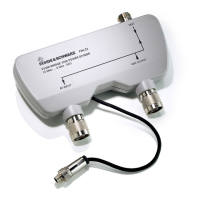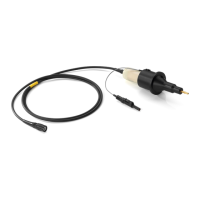MeasurementsMXO 4 Series
226User Manual 1335.5337.02 ─ 07
9.2.4 Measurement types
The MXO 4 provides many measurement types to measure time and amplitude char-
acteristics, and to count pulses and edges.
9.2.4.1 Horizontal measurements (time)
Meas. type Symbol Description Formula, graphic
Rise Time RTime Rise time of the first rising edge, the time it takes
the signal to rise from the lower reference level to
the upper reference level.
Measurement of all events in the acquisition is pos-
sible.
UL
LL
Rise
Fall Time FTime Fall time of the first falling edge, the time it takes the
signal to fall from the upper reference level to the
lower reference level.
Measurement of all events in the acquisition is pos-
sible.
UL
LL
Fall
Pos. pulse PPuls Duration of the first positive pulse: time between a
rising edge and the following falling edge measured
on the middle reference level.
Measurement of all events in the acquisition is pos-
sible.
ML
Pos. pulse
Neg. pulse NPuls Duration of the first negative pulse: time between a
falling edge and the following rising edge measured
on the middle reference level.
Measurement of all events in the acquisition is pos-
sible.
ML
Neg. pulse
Period T Time between the first two consecutive waveform
edges of the same direction, measured on the mid-
dle reference level. The measurement requires at
least one complete period of a triggered signal.
Measurement of all events in the acquisition is pos-
sible.
T
ML
Frequency Freq Frequency of the signal, reciprocal value of the
measured period.
T
f = 1 / T
ML
Delay Delay Time difference between two slopes of the same or
different waveforms, measured on the middle refer-
ence level.
A negative result indicates that the slope of the sec-
ond source comes before the slope of the first
source.
t
S2
S1
Automatic measurements

